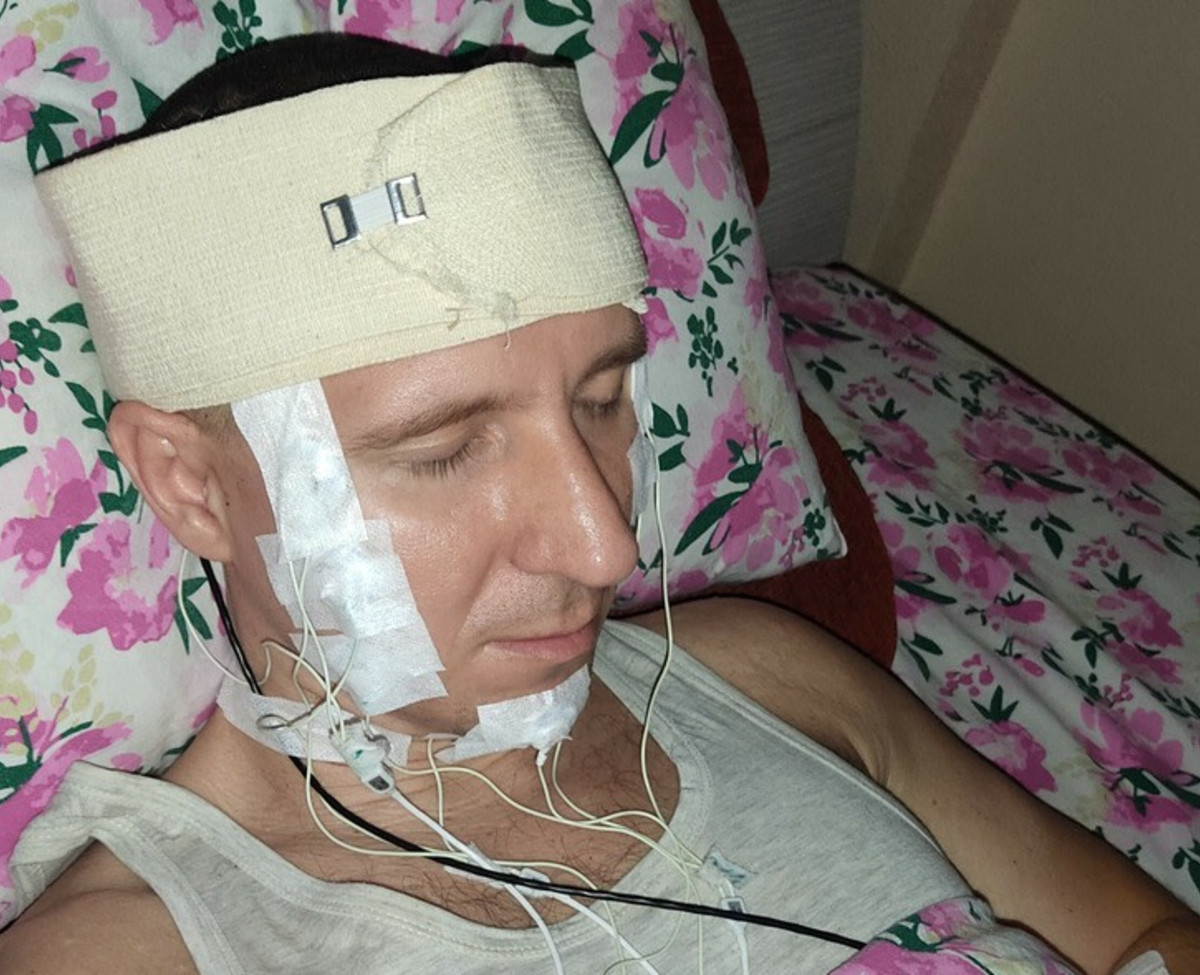It sounds like science fiction, but it’s already here: American researchers for the first time managed to communicate between people during lucid dreams. The company REMspace, a startup located in California and developing technologies to enhance sleep and lucid dreams, reported the extraordinary achievement: passing a message between two sleeping people during a dream. The company claims that it was able to exchange one word created through a unique language between two participants, who were each at home, using special equipment that includes a server, dedicated devices, sensors and a Wi-Fi network.
According to the company’s reports, this technology may in the future become a central tool in communication, and create new commercial opportunities that will allow interaction in the dream space. However, it is worth noting that the technology has not yet been peer-reviewed or re-examined by independent researchers. If the findings turn out to be reliable, this will be an important milestone in the field of sleep research, and will open up practical possibilities in areas such as mental health care, skills training, and more.
Lucid dreams, the phenomenon on which the research is based, occur when a person is aware that he is dreaming and is able to direct his actions during the dream. This phenomenon occurs during the stage of sleep known as REM (Rapid Eye Movement), the stage where most dreams occur. During the experiment, the two participants were each at home, and the REMspace researchers monitored their brain waves remotely using devices specially developed for the experiment. The devices fed the information to a server that was able to identify the exact moment when one of the participants entered a lucid dream state.
At this point, the server generated a random word from a unique language and transmitted it to the headphones of the first participant. During the dream, the participant repeated the word spoken to him, and the server recorded and stored his response. Eight minutes later, when the second participant entered a lucid dream state, the server relayed the word played in the first’s dream to him, and it was delivered to him in the same manner. When he woke up, the other participant repeated the word that was communicated to him, thus completing the communication between the two during a dream.
REMspace was able to successfully repeat the experiment with another pair of participants, but the researchers make it clear that a comprehensive audit must be conducted before it can be declared a complete success in the field of interdream communication. However, the founder of REMspace, Mikhail Raduga, is confident in the results and believes they will pave the way for a revolution in communication during sleep. The 40-year-old Raduga is known for his ambitious experiments, and often unusual methods.
Radoga sparked a lot of public interest in 2023 when he performed an extremely dangerous experiment in which he tried to implant a chip in his brain in order to control his dreams. The experiment was carried out without any medical training, and ended after five weeks when the chip and electrode implanted in Raduga’s head were removed in a hospital. He used tools he purchased from a hardware store and performed the surgery after watching YouTube tutorials and practicing on five sheep.
Raduga himself admitted that he was willing to risk his life in this experiment, but emphasized that his main goal was to learn how to change the course of dreams artificially. This experiment was not approved by official scientific bodies, and was not published in scientific journals, but Raduga claims that it was necessary for him to understand the limits of what is possible in dream control technologies.
Now, Raduga is focusing on another ambitious goal – enabling real-time communication during lucid dreams. According to him, the sleep and lucid dreaming industry is going to become the next big industry after artificial intelligence (AI), with countless possible applications. If his vision comes true, it is possible that the ability to communicate within a dream will become a widely used daily tool in the future, something that we cannot imagine our lives without.
While REMspace’s latest trial is exciting, it’s important to remember that interdream communication still requires more research and validation before its success can be confidently declared. The new technology may change the way we perceive sleep and dreaming, but its path to scientific recognition is still far.
